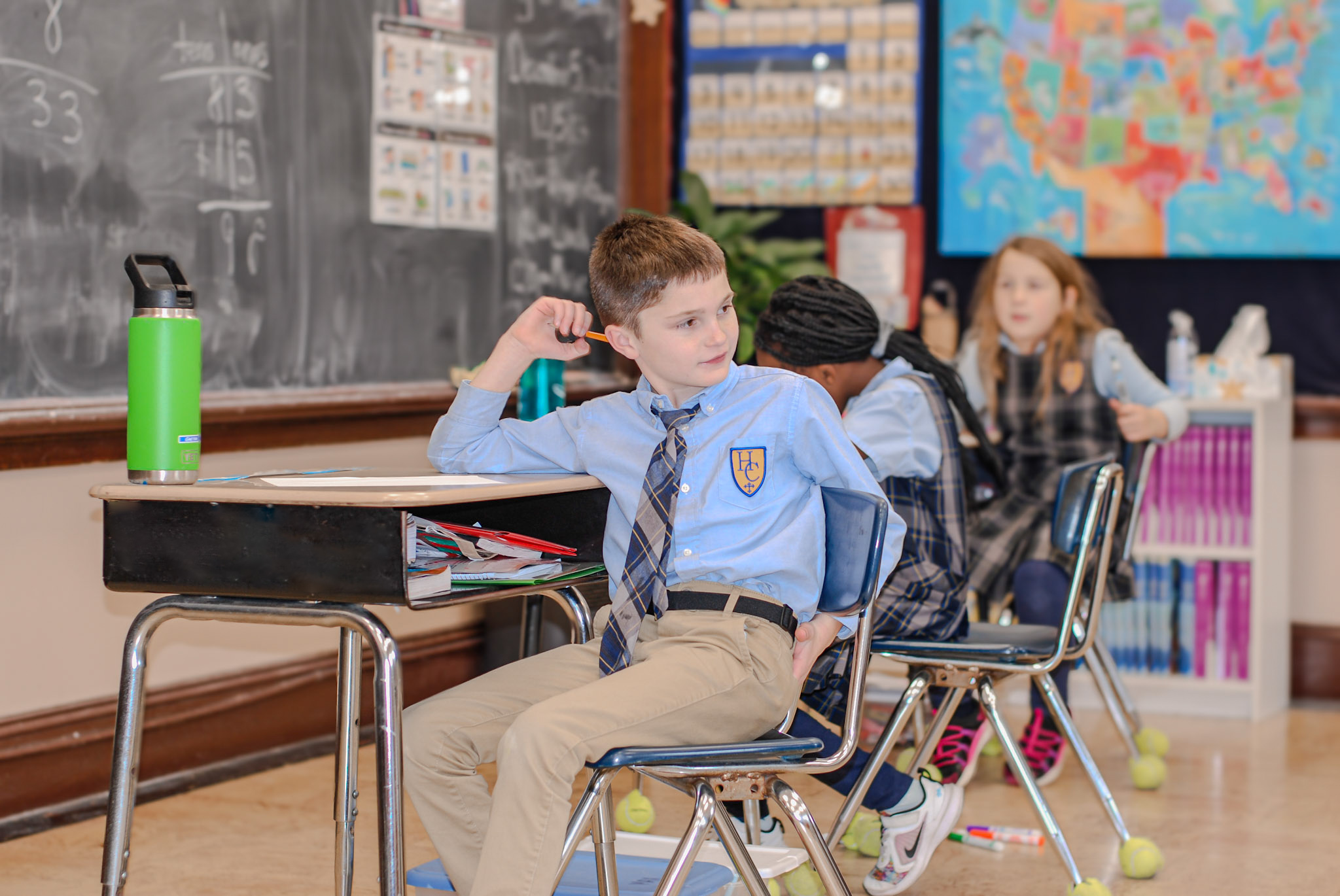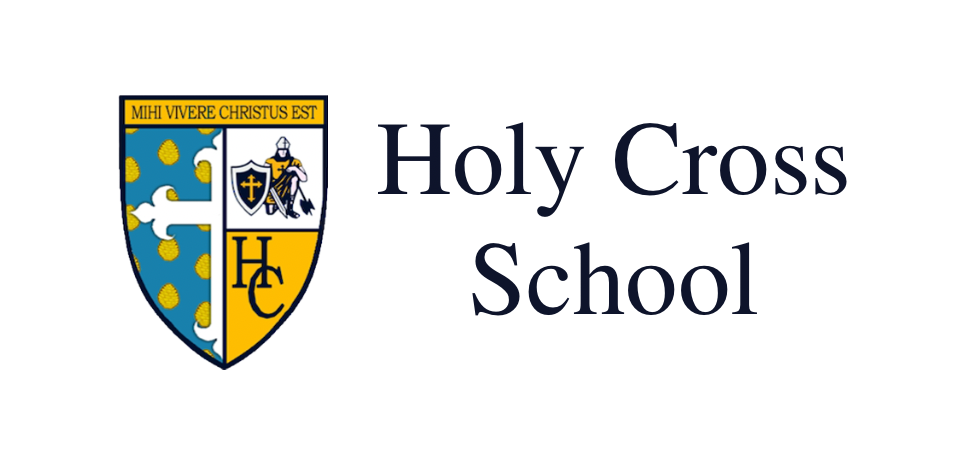2nd Grade Curriculum
 Language Arts and Writing
Language Arts and Writing
Second graders continue to gain fluency and comprehension skills in reading. The students use DRA-leveled readers, the Reading A-Z program (RazKids), and assorted reading textbooks and resources to continue their studies of different genres, including fiction, non-fiction, biographies and poetry.
Second graders utilize writing journals, learn to write a personal letter, as well as narrative and opinion pieces. We continue to work on phonics and spelling, grammar, punctuation, and sentence structure.
Social Studies
Second graders continue an exploration of citizenship, communities, and American landmarks. We make connections between the people and events of the past to our lives today. Students are introduced to early map skills, while also learning about cultures around the world by “traveling” to each continent (complete with “passport” and stamps for each country visited).
Science
Science in second grade is hands on and engaging. Students explore concepts such as Life Cycles of Plants, Butterflies, and Frogs; Habitats; Magnets; Weather, the Water Cycle, and the Body (as it relates to 5 senses).
Religion
Second graders continue to prepare for the Sacraments of Reconciliation, Confirmation, and First Communion. The Circle of Grace curriculum is taught to provide a holistic approach to the safety, well-being, and spiritual formation of children and youth. Second graders attend weekly Mass, share monthly activities with their 7th grade Prayer Partners, and say the Rosary. Second graders are also responsible for the May Crowning Prayer Service every May at Holy Cross Church.
Math
Students continue to work in the Sadlier Progress in Mathematics program:
- Addition and Subtraction facts with sums through 20 with fluency
- 2-digit addition and subtraction with regrouping and borrowing
- Time and Money
- The place value systems
- Appropriate standard units of measurement, measuring tools, and measuring strategies
- Collecting, organizing, presenting, and analyzing data; reading graphs
- Geometric 3-D solid shapes (Sphere, Rectangular Prism, Cube, Cylinder)
- Problem solving skills and understanding word problems
